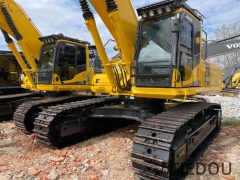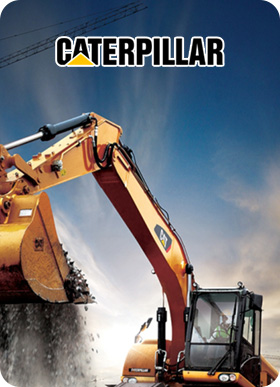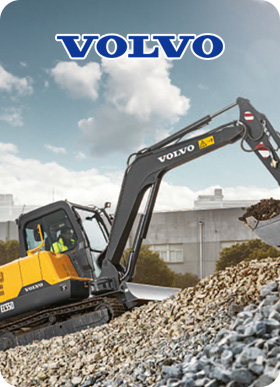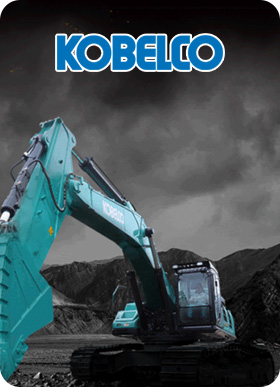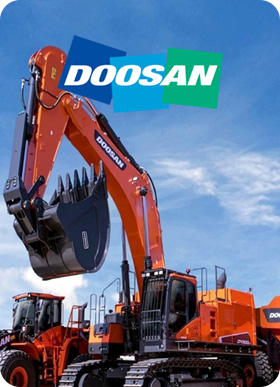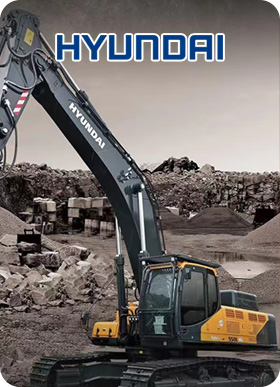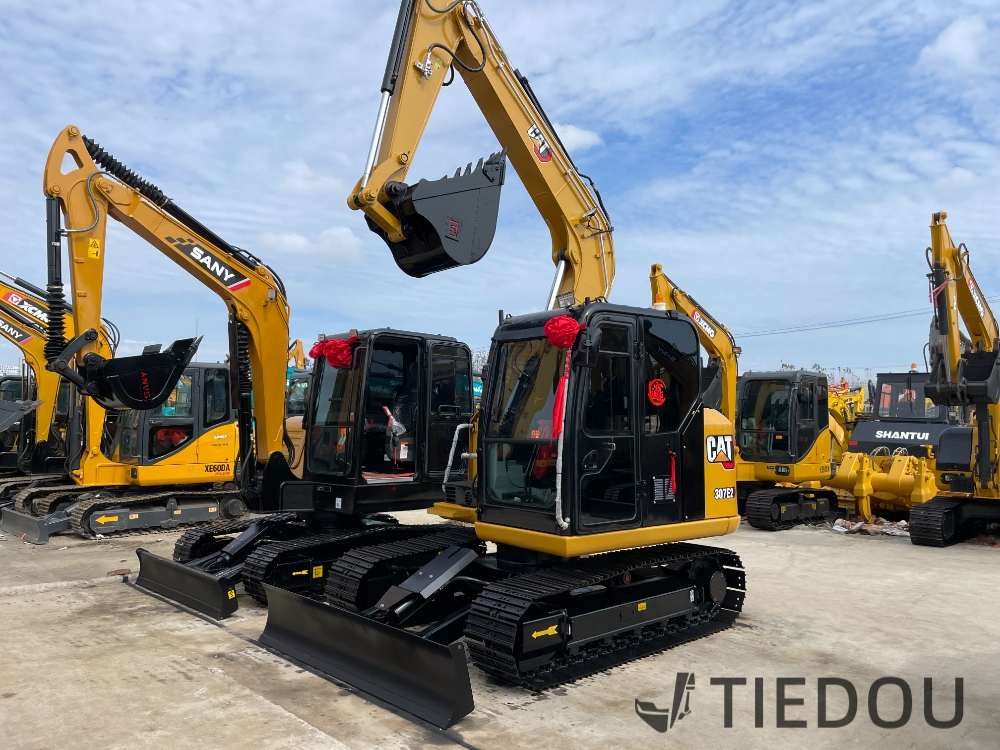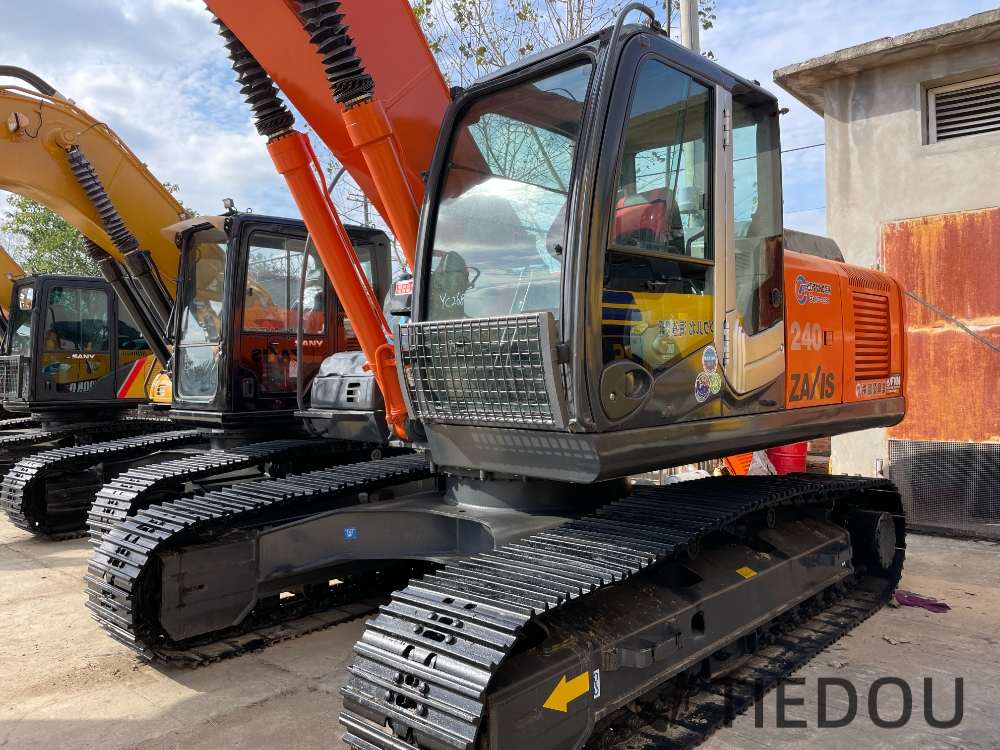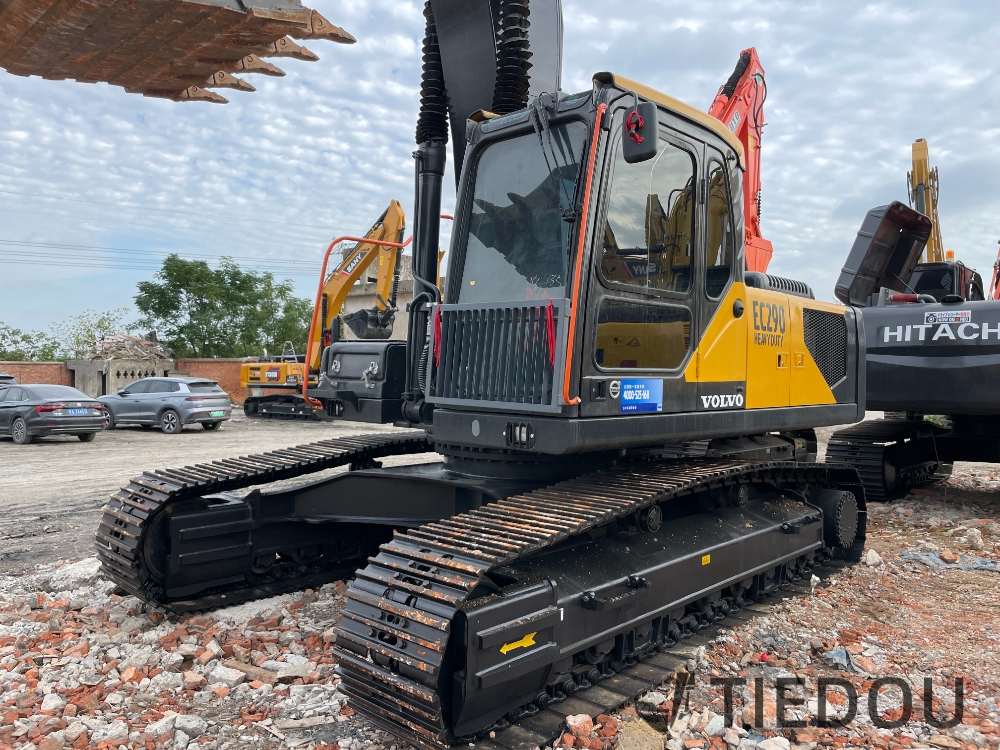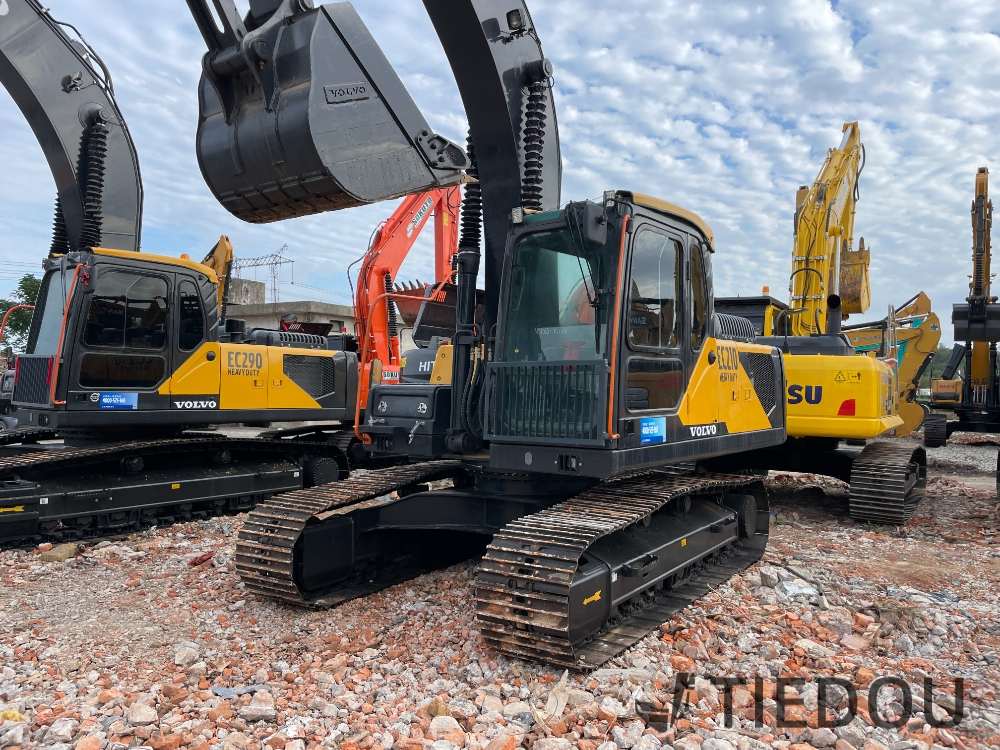Before purchasing a second-hand excavator, users need to have a preliminary understanding of the excavator, especially targeted testing of the second-hand excavator. Therefore, strict testing of the excavator is very necessary. Here are some suggested testing methods:
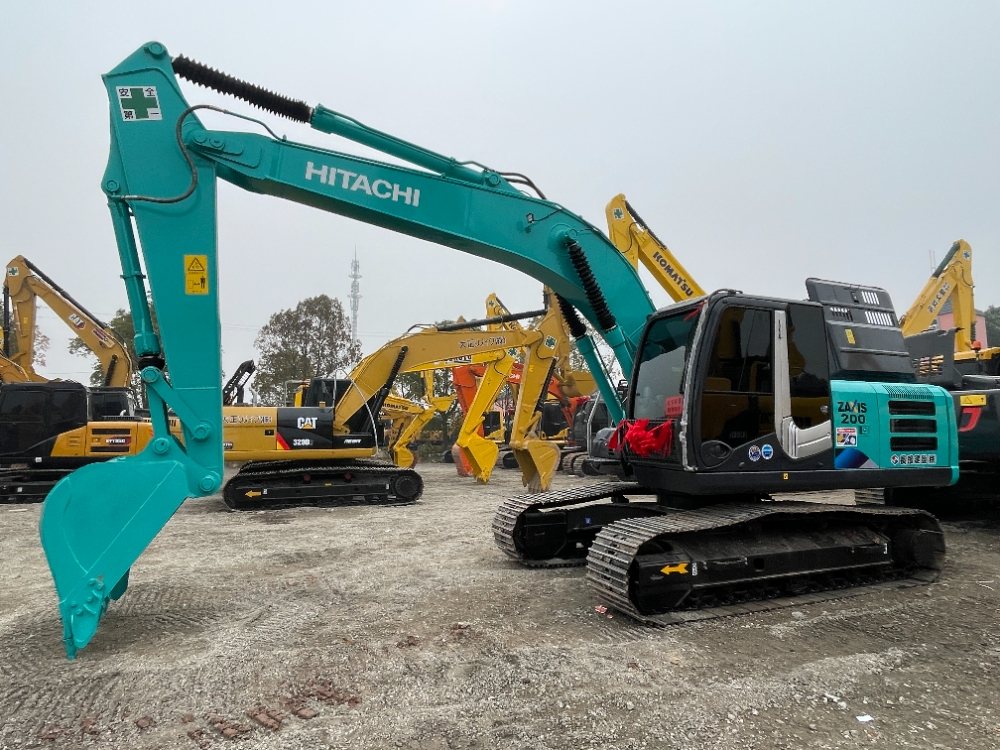
1. Appearance inspection: First, inspect the appearance of the excavator, including paint, welds, structural parts, etc., to ensure that there are no obvious defects or damage. At the same time, check whether the installation of each component is firm and whether the connection is reliable.
2. Operational performance test: Test various performances of the excavator in actual operation, such as excavation speed, excavation depth, excavation range, etc. In addition, it is also necessary to test the stability and flexibility of the excavator, such as its ability to operate in different terrains and working conditions.
3. Power system test: Check the working status of the engine, including whether parameters such as oil temperature, oil pressure, and water temperature are normal. At the same time, test the engine's power output, such as maximum torque, maximum power, etc.
4. Hydraulic system testing: Check the working status of key components such as hydraulic pumps, hydraulic cylinders, and hydraulic valves to ensure the reliability and stability of the hydraulic system. At the same time, the pressure, flow and other parameters of the hydraulic system are tested to ensure that the working requirements of the excavator are met.
5. Electrical system test: Check the excavator’s electrical system, including the working status of controllers, sensors, cables and other components. At the same time, the voltage, current and other parameters of the electrical system are tested to ensure the safety and reliability of the electrical system.
6. Braking system test: Check the excavator’s braking system, including the working status of brakes, brake fluid and other components. At the same time, the braking torque, braking distance and other parameters of the braking system are tested to ensure the effectiveness and safety of the braking system.
7. Safety equipment testing: Check the working status of the excavator’s safety equipment, such as seat belts, safety hooks and other components. At the same time, the reliability and stability of safety equipment are tested to ensure that the safety of operators can be effectively protected in emergency situations.
8. Durability test: Test the durability and reliability of the excavator through long-term continuous operation or operations that simulate actual working conditions. At the same time, regular inspection and maintenance of key components of the excavator are carried out to ensure the long-term stable operation of the excavator.
9. Environmental performance test: Test the excavator’s emissions, including exhaust gas, noise and other parameters, to ensure that the excavator meets environmental protection requirements.
10. After-sales service and maintenance: Understand the after-sales service and maintenance policies of the excavator manufacturer to ensure that you can receive timely and effective support and guarantee during use.

In short, comprehensive and rigorous testing of excavators can ensure that the performance and quality of the excavator meet the expected requirements and provide reliable equipment support for the project.


